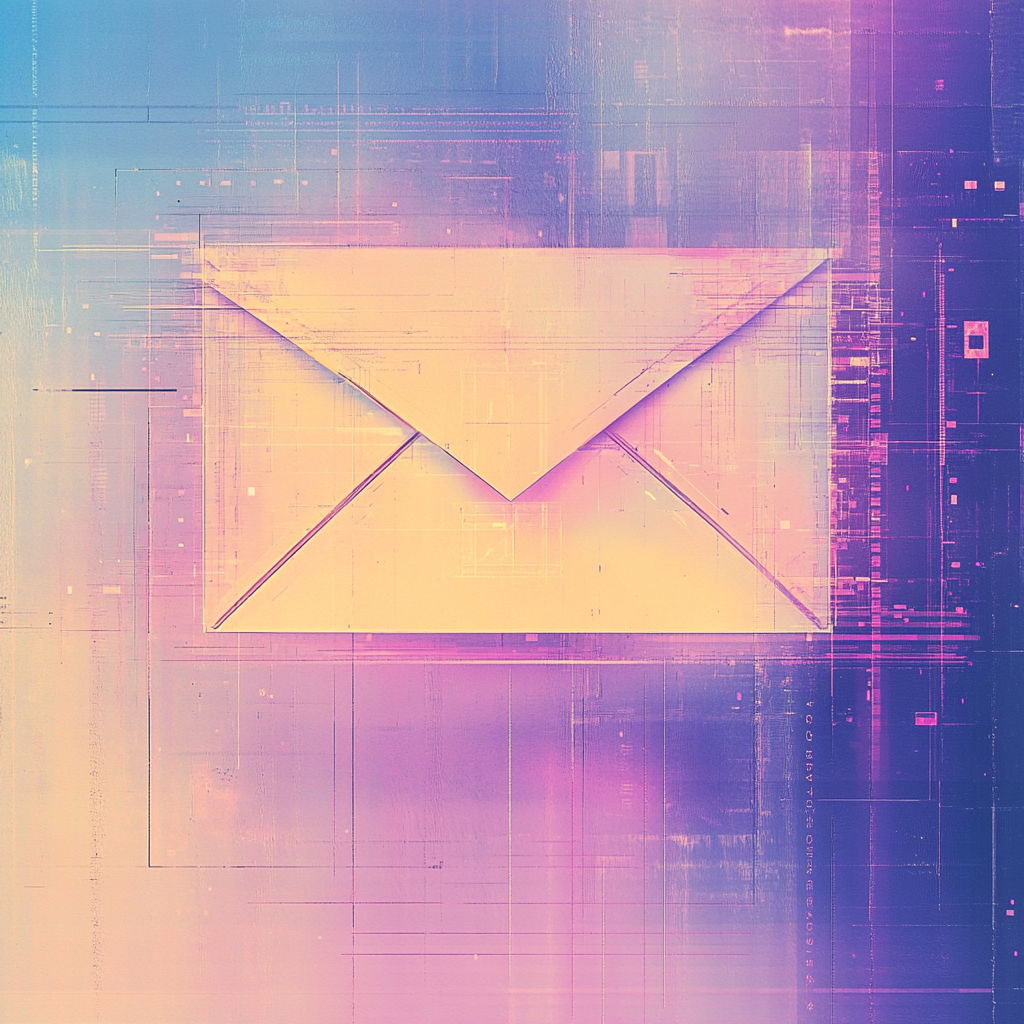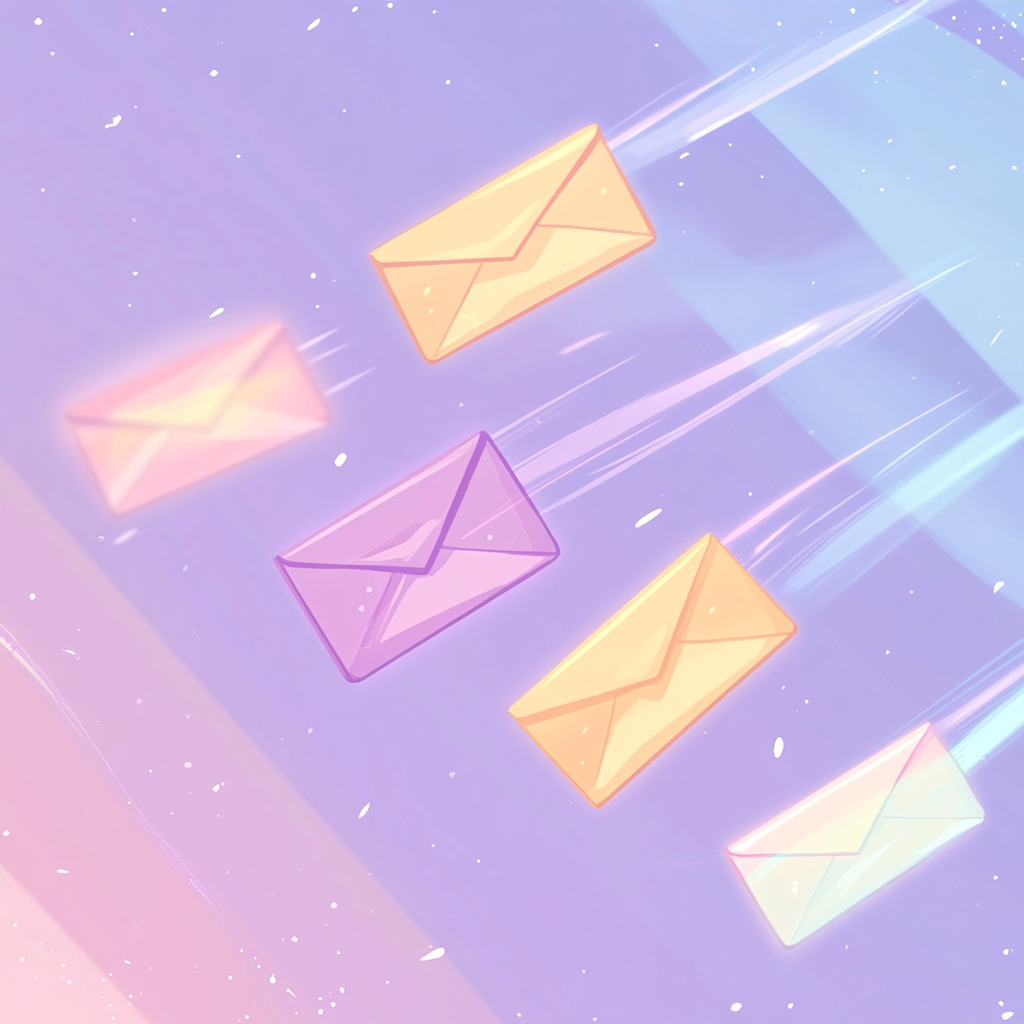In email marketing, email cadence is one of the most critical factors that can make or break your campaign. But what exactly is email cadence? Simply put, it's the strategic timing and frequency of emails sent to your subscribers. When done right, it can significantly increase open rates, reduce unsubscribes, and keep your audience engaged without overwhelming them.
However, finding the perfect balance is not a one-size-fits-all approach. It depends on various factors, including the type of campaign, customer preferences, and the goals of your email strategy. In this article, we'll explore how to optimize your email cadence for different types of campaigns and how TruAgents can help you take your email marketing to the next level.

Why Email Cadence Matters
A well-planned email cadence can:
- Increase open rates: When your emails are sent at the right time, they are more likely to be opened.
- Reduce unsubscribes: Bombarding your subscribers with too many emails can lead to higher unsubscribe rates. A balanced cadence keeps them interested without overwhelming them.
- Boost engagement: Consistent, well-timed emails can keep your subscribers engaged with your brand, leading to higher conversion rates.
But how do you find the right balance? Let’s break it down by different types of email campaigns.
Email Cadence for Different Campaign Types
1. Promotional Emails
- Description: These emails are designed to push specific offers or products to your customers.
- Purpose: Cross-sell/upsell.
- Cadence: Promotional emails should be carefully timed to avoid overwhelming your audience. We recommend sending no more than one promotional email per quarter, especially if your customers are already receiving other types of emails from you regularly. This prevents email overload and keeps your offers fresh and exciting.
2. Behavioral/Triggered Emails
- Description: These emails are sent based on specific actions taken by the customer, such as signing up for a newsletter or abandoning a cart.
- Purpose: To respond to customer behavior in real-time.
- Cadence: Since these emails are triggered by customer actions, the cadence is determined by the customer’s behavior. These emails should be sent immediately after the trigger event to maximize relevance and engagement.
3. Re-engagement Emails
- Description: These emails are aimed at customers who have become inactive and are designed to bring them back into the fold.
- Purpose: Retention.
- Cadence: The timing of re-engagement emails depends on your definition of "inactive." After the initial reach-out, you should wait at least 90 days before attempting to re-engage the customer again. After 2-3 attempts, consider moving to an annual cadence to avoid annoying the customer.
4. Servicing/Two-Way Emails
- Description: These emails are either responses to customer inquiries or follow-ups from previous conversations.
- Purpose: To satisfy customer queries and follow up on agreed-upon action items.
- Cadence: This cadence is largely determined by the customer, as these emails are responses to inbound queries. Ideally, you should respond immediately after receiving the customer’s email to maintain a high level of service.
The Power of Two-Way Communication
Among all the types of email campaigns, two-way communication is the most valuable. Why? Because it keeps the customer engaged and provides you with invaluable insights into their preferences, goals, and values. This allows you to tailor future interactions to them as individuals, making your email marketing efforts more personalized and effective.
TruAgents excels in this area by offering AI-powered agents that can engage in real-time, two-way conversations with your customers. These agents can respond to customer emails instantly, gather valuable data, and build long-term relationships—all while adhering to your brand guidelines and compliance rules.

Best Practices for Optimizing Email Cadence
To further optimize your email cadence, consider the following best practices:
- Respect customer preferences: Always include links at the bottom of your emails that allow customers to control the frequency of promotional emails. This gives them a sense of control and reduces the likelihood of unsubscribes.
- Set email limits: Build in rules that prevent more than a certain number of emails (X) from being sent to any one customer in a given month. The exact number should be determined by testing and will vary depending on your business. Triggered emails and responses to inbound servicing can be excluded from this counter.
- Test and adjust: Email cadence is not static. Regularly test different frequencies and timings to see what works best for your audience. Use A/B testing to find the sweet spot that maximizes engagement without overwhelming your subscribers.
How TruAgents Can Help
At TruAgents, we understand the complexities of email cadence and how important it is to get it right. Our cutting-edge platform uses AI-powered agents to create human-like, autonomous, always-on campaigns that communicate with your customers in a two-way manner. Whether you're looking to optimize your promotional emails or set up a triggered email campaign, TruAgents can help you get set up and manage the entire process.
Our AI agents can:
- Engage customers in real-time: Respond to customer queries instantly and keep the conversation going.
- Personalize every interaction: Gather valuable data on customer preferences and tailor future emails accordingly.
- Ensure compliance: Our agents follow your brand guidelines and compliance rules, so you never have to worry about legal issues.
Ready to optimize your email cadence and take your email marketing to the next level? Schedule a demo with TruAgents today and see how our AI-powered agents can revolutionize your email campaigns.
Tags:
#EmailCadence #EmailTiming #EmailOverload #TruAgents #AIEmailMarketing #CustomerEngagement

